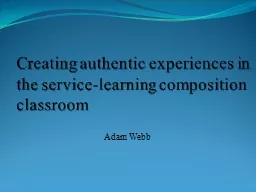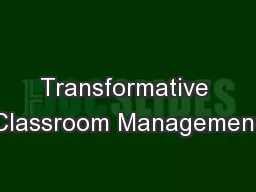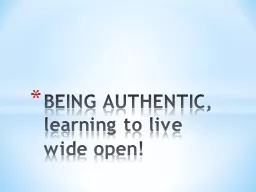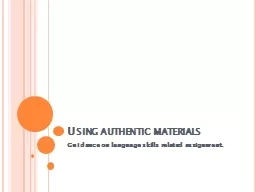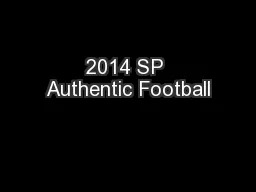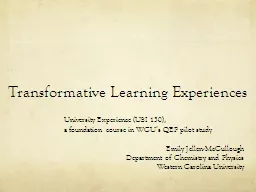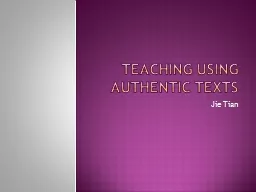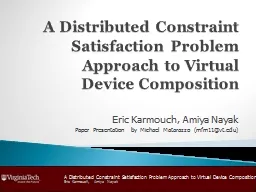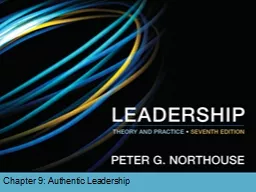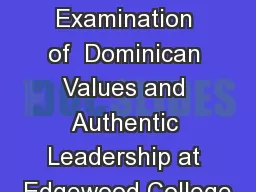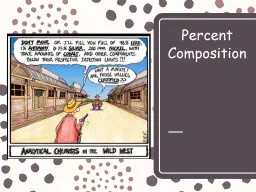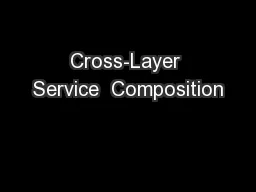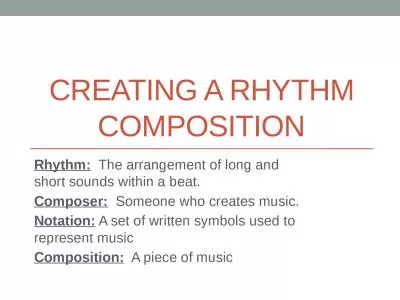PPT-Creating authentic experiences in the service-learning composition classroom
Author : tatiana-dople | Published Date : 2018-02-05
Adam Webb Why servicelearning in composition Bruce Herzberg 1994 2000 Gere amp Sinor 1997 Adler Kassner Crooks amp Watters 1997 Thomas TaiSeale 1997 Thomas Deans
Presentation Embed Code
Download Presentation
Download Presentation The PPT/PDF document "Creating authentic experiences in the se..." is the property of its rightful owner. Permission is granted to download and print the materials on this website for personal, non-commercial use only, and to display it on your personal computer provided you do not modify the materials and that you retain all copyright notices contained in the materials. By downloading content from our website, you accept the terms of this agreement.
Creating authentic experiences in the service-learning composition classroom: Transcript
Download Rules Of Document
"Creating authentic experiences in the service-learning composition classroom"The content belongs to its owner. You may download and print it for personal use, without modification, and keep all copyright notices. By downloading, you agree to these terms.
Related Documents

